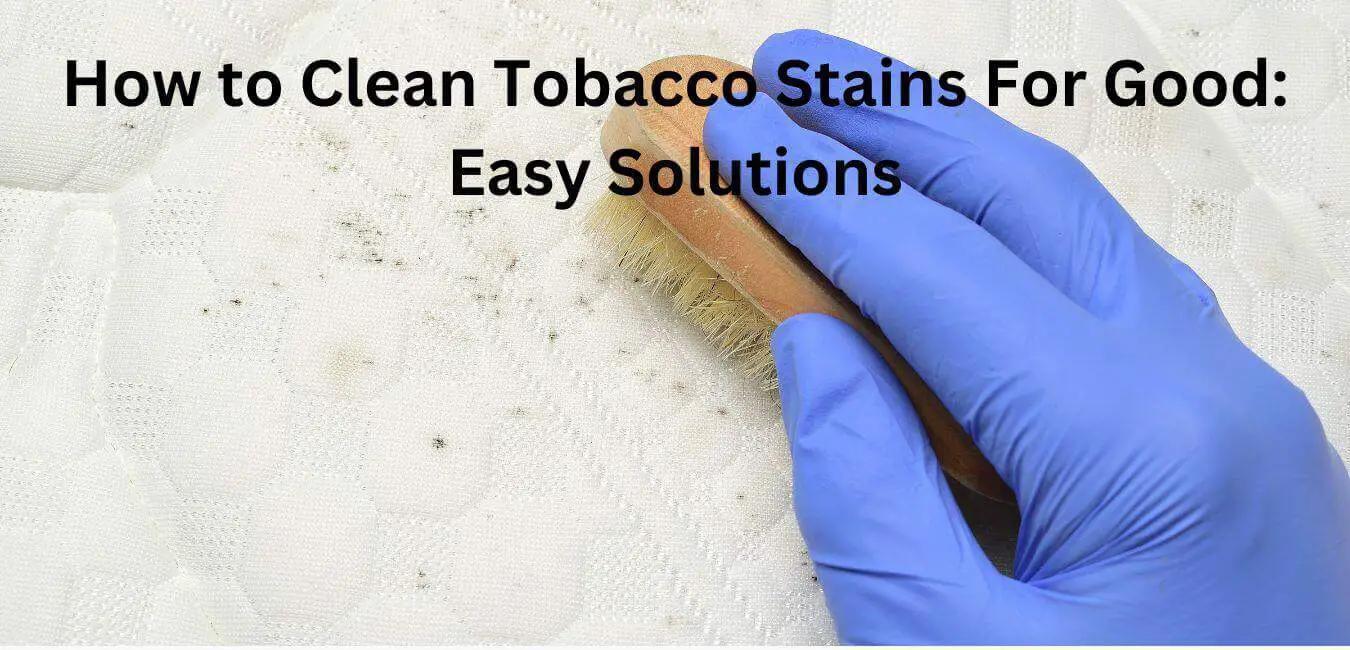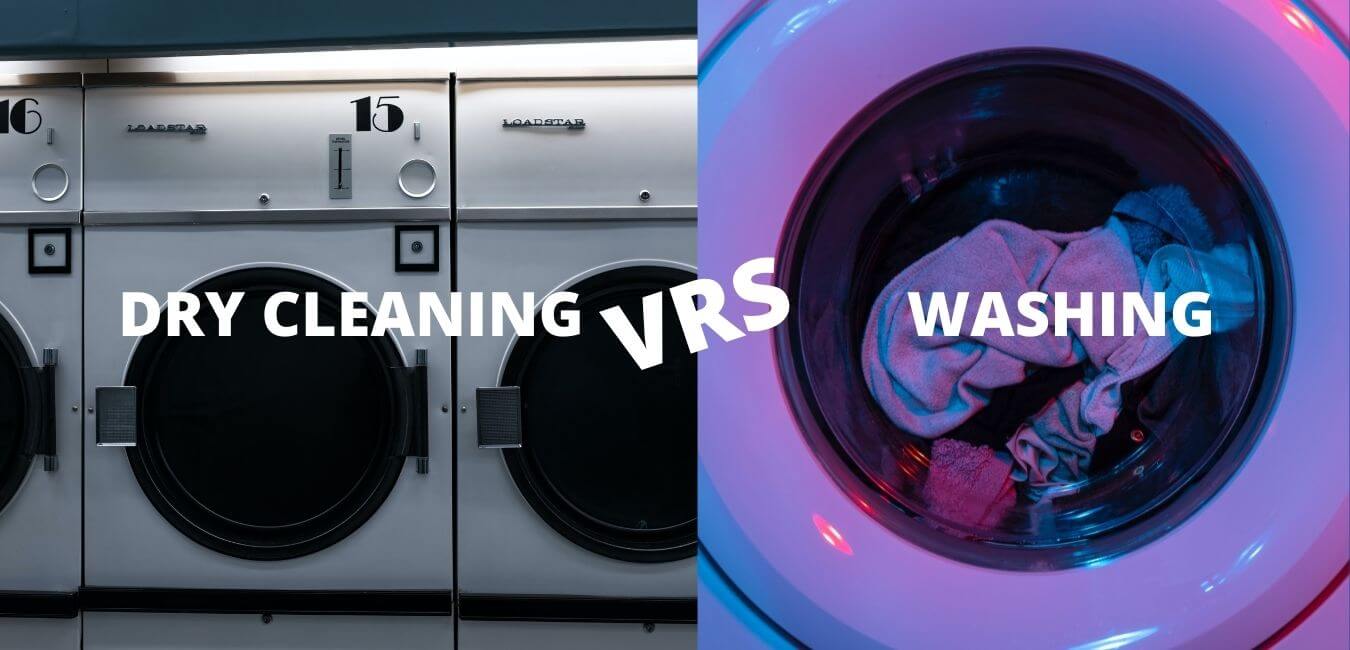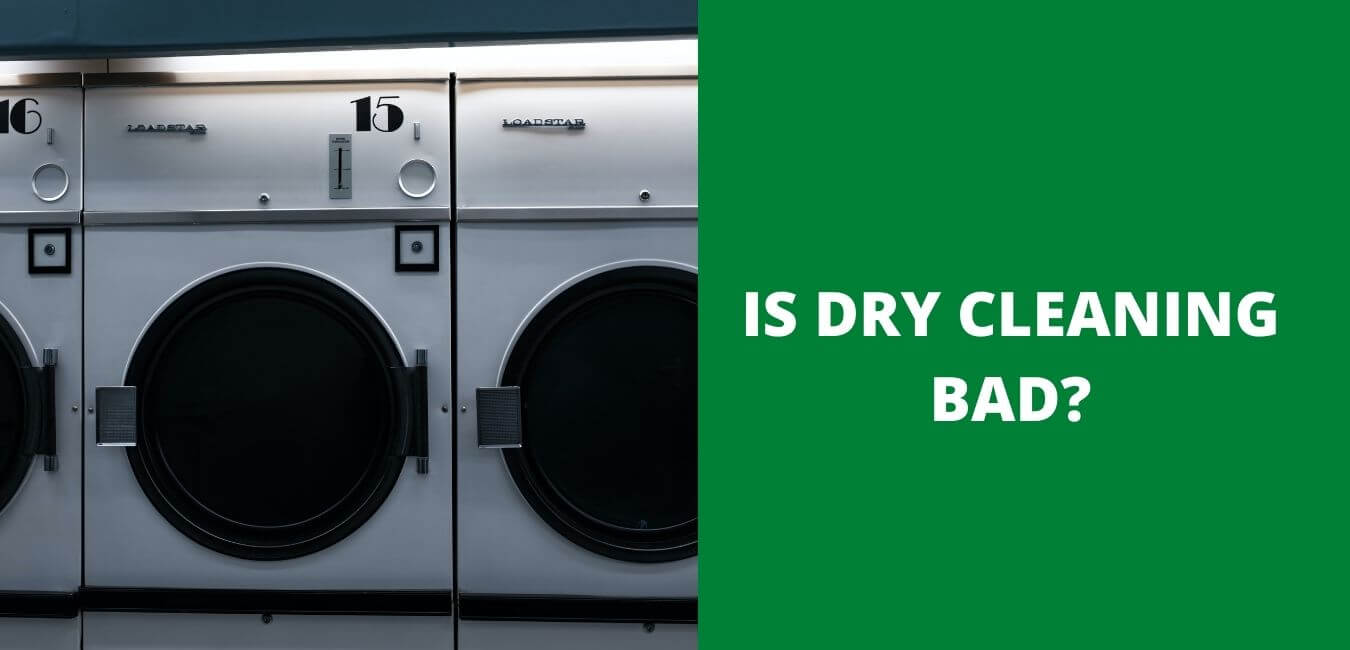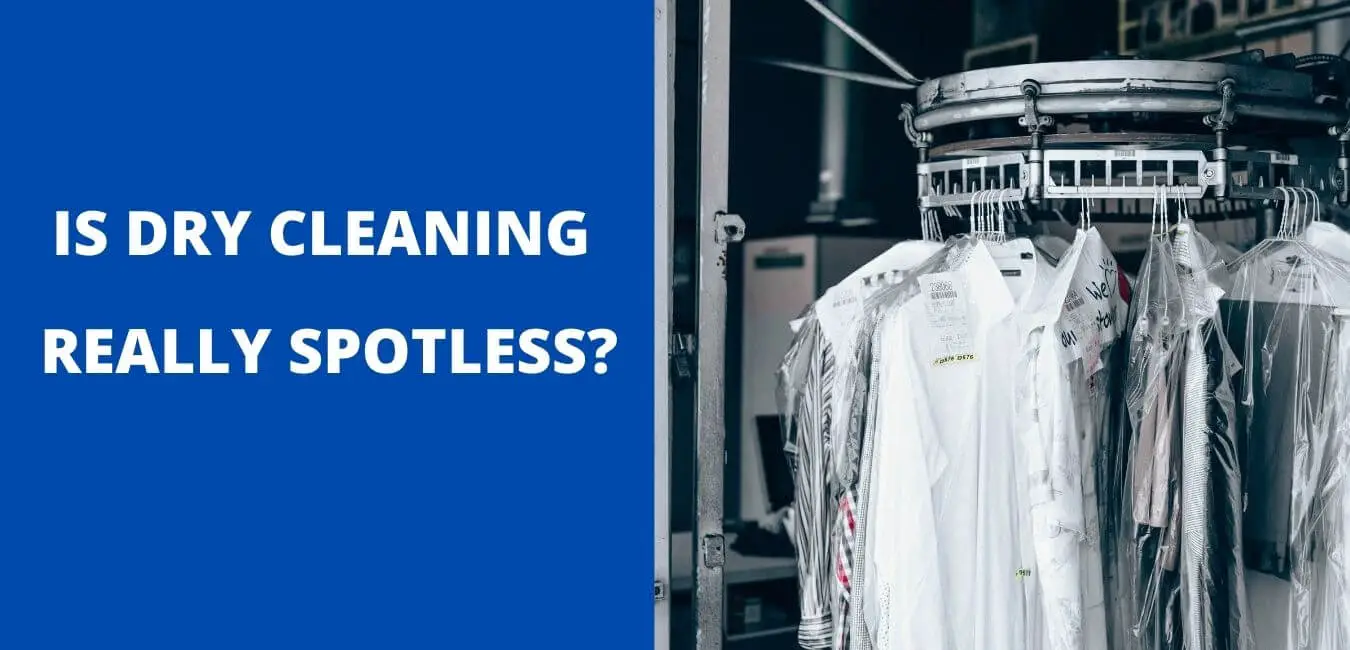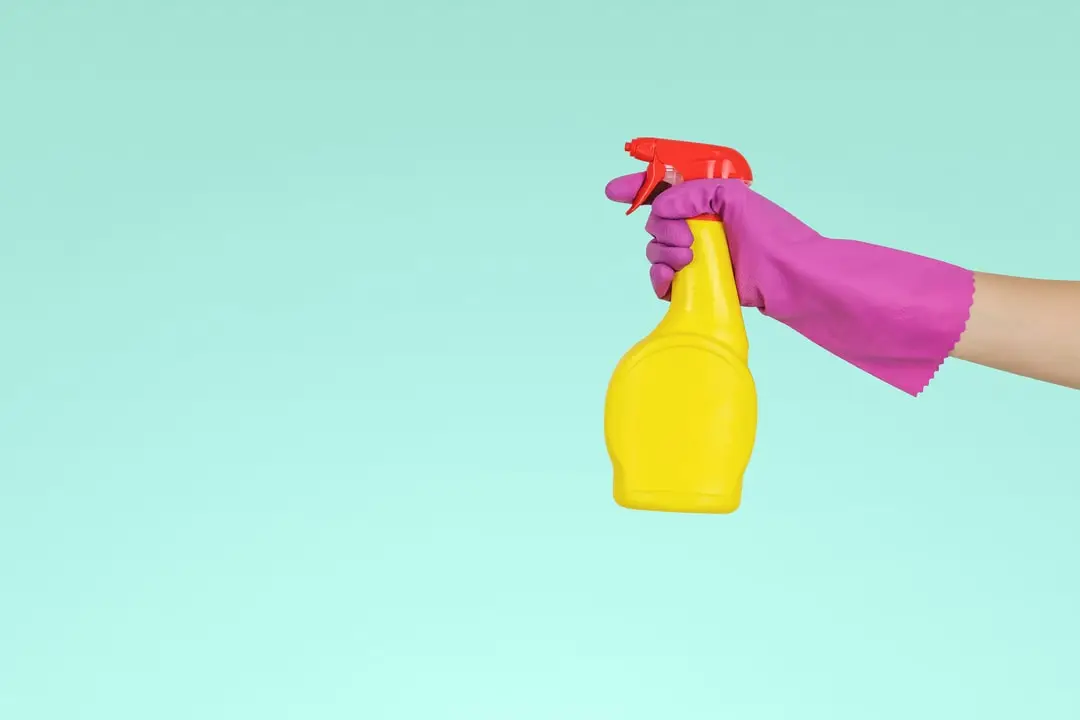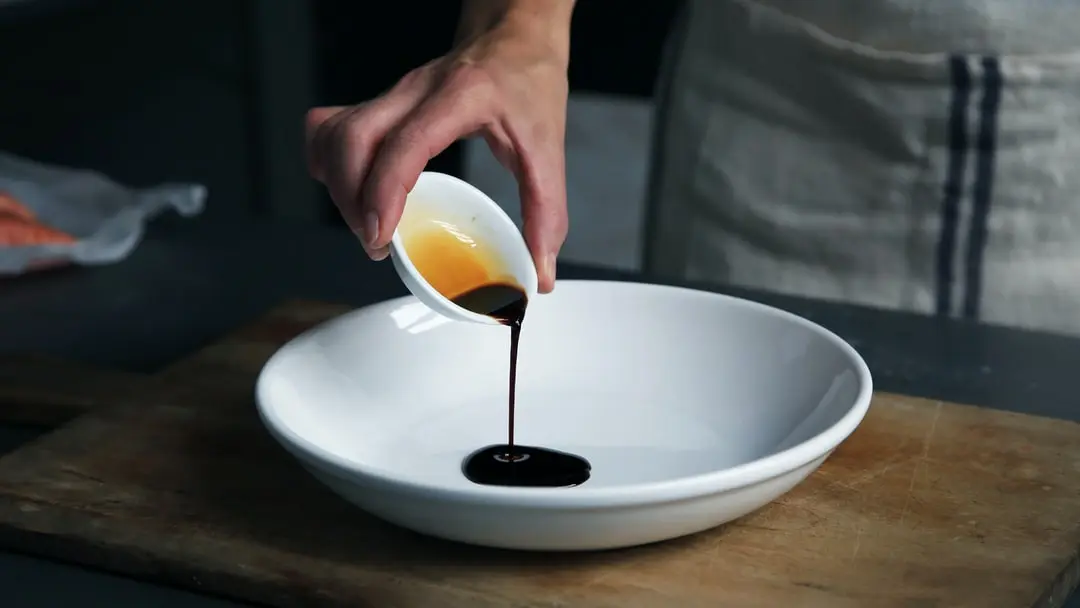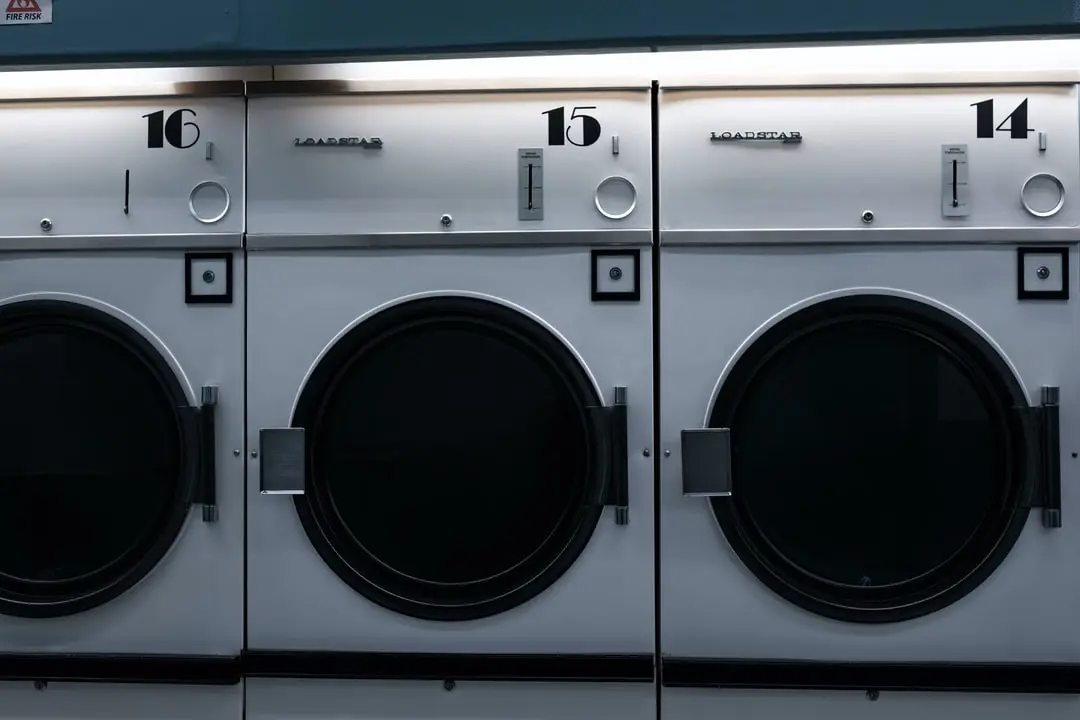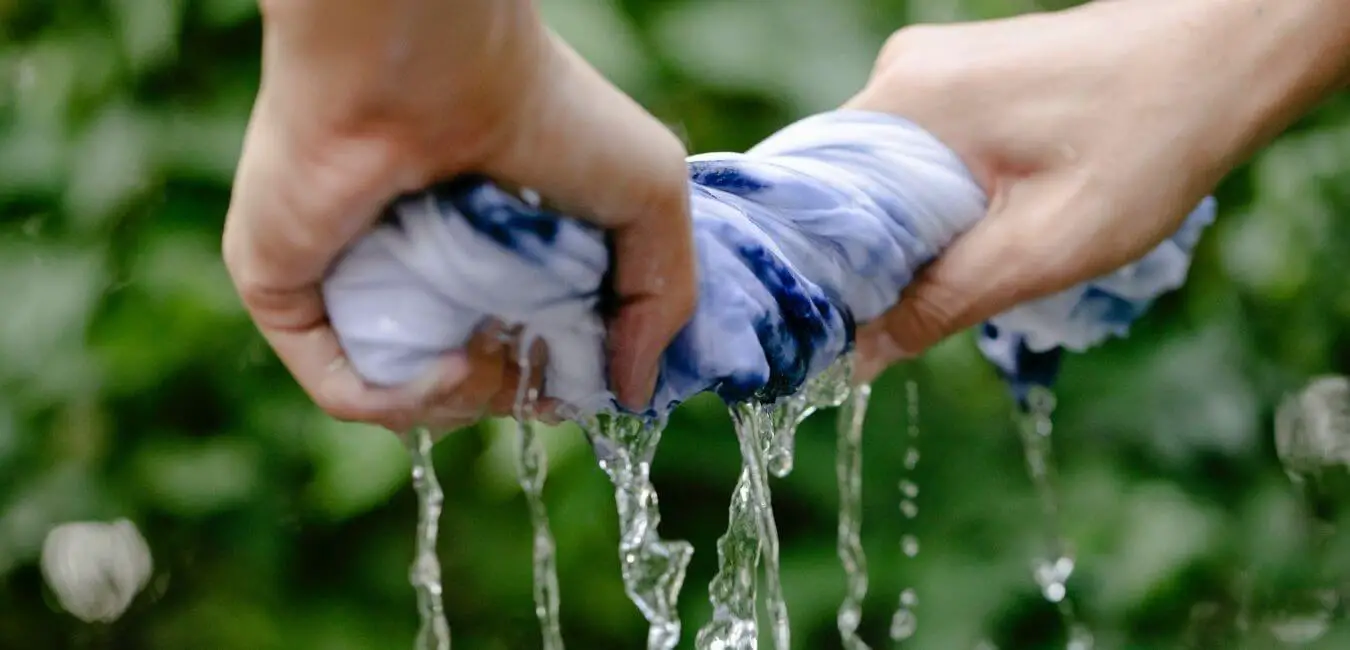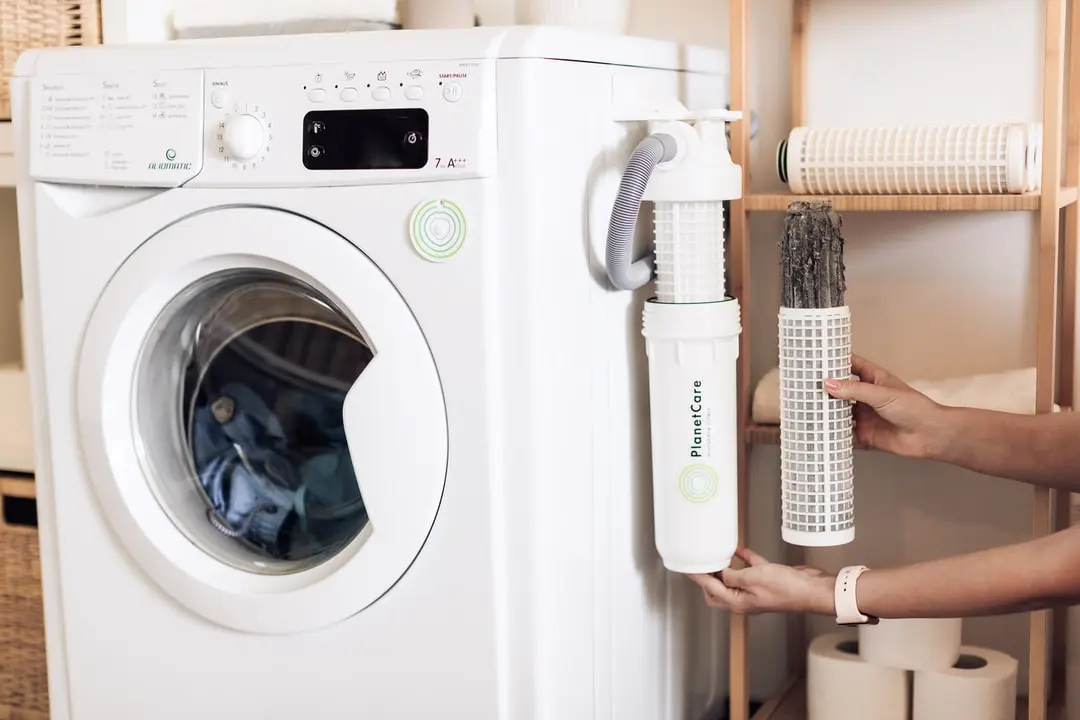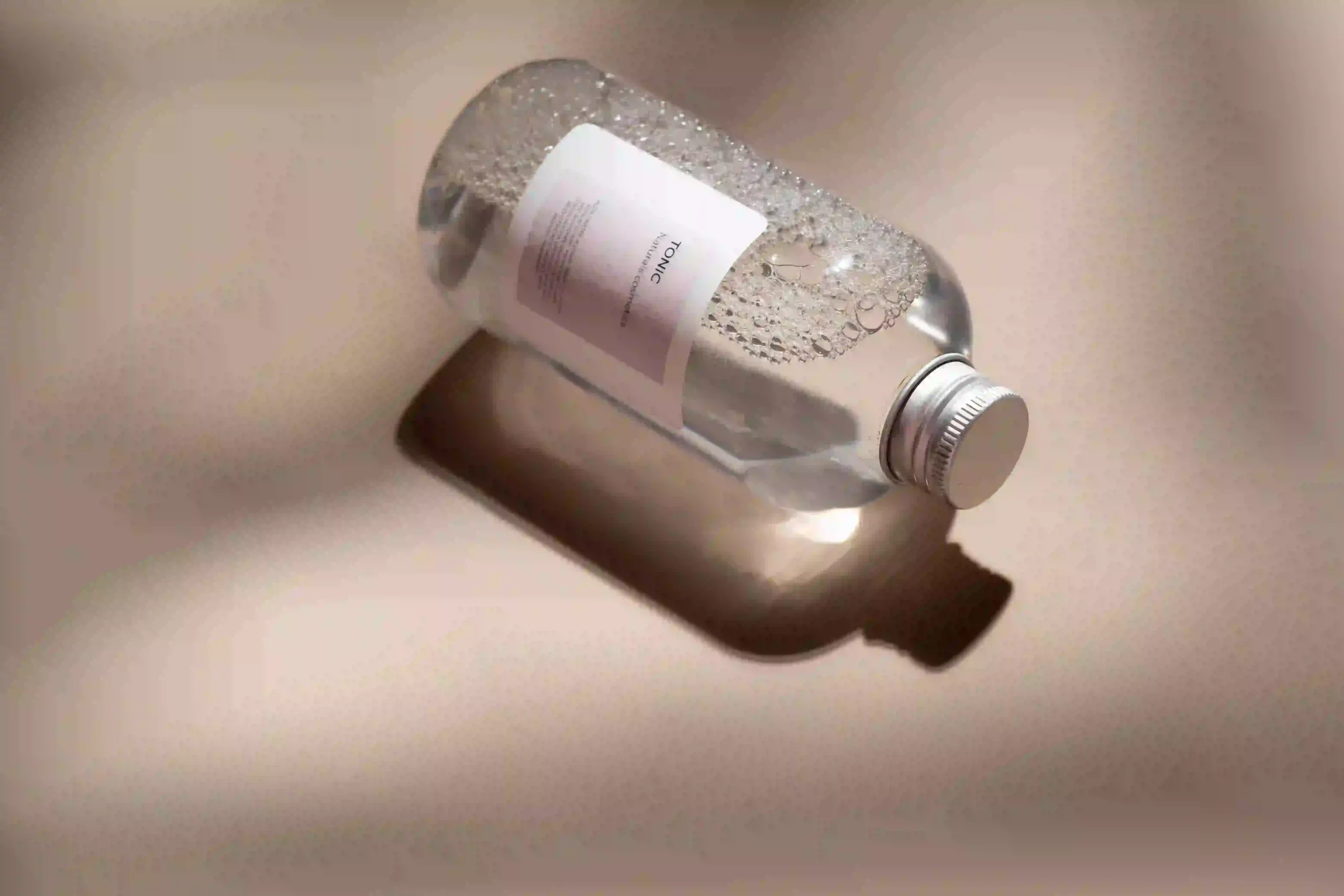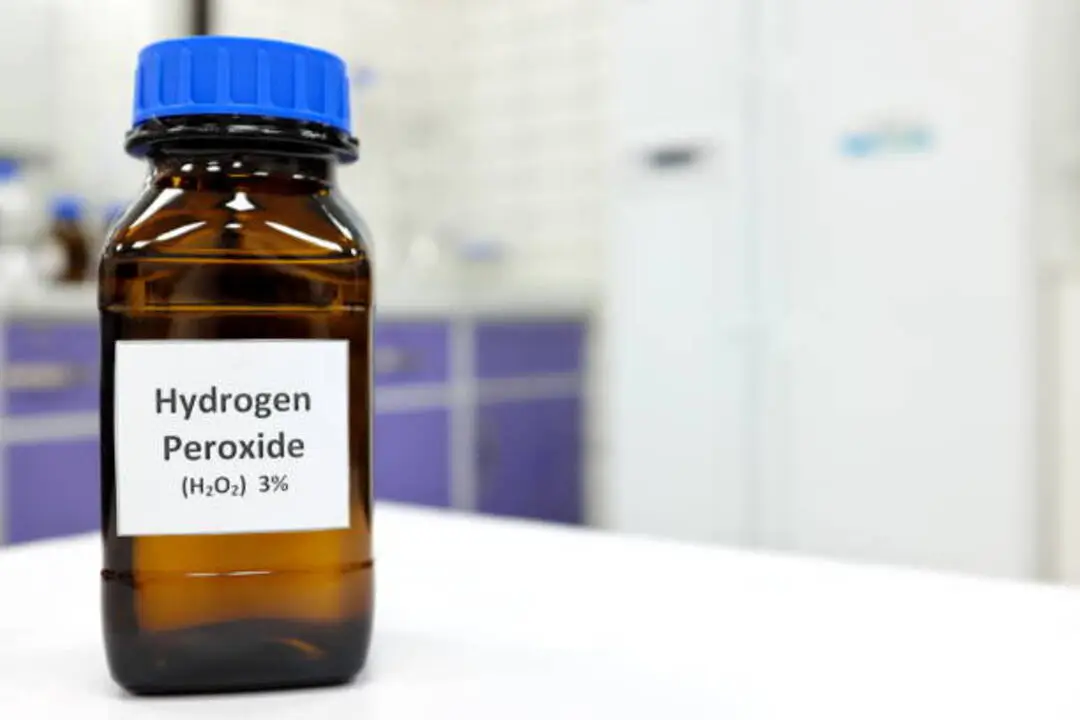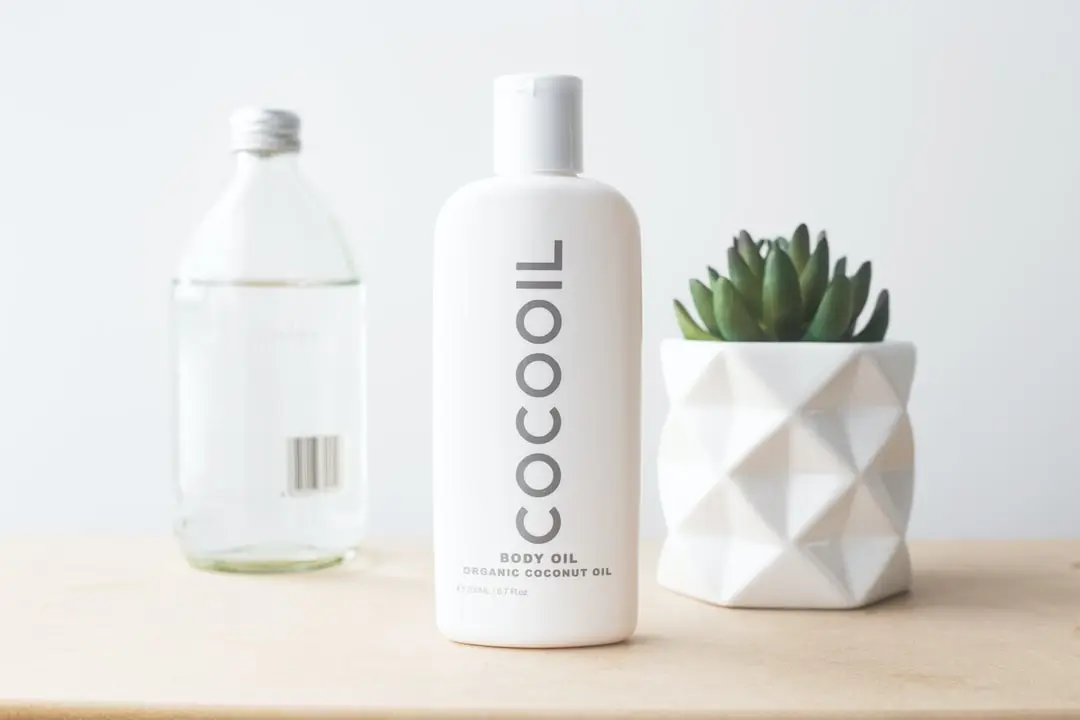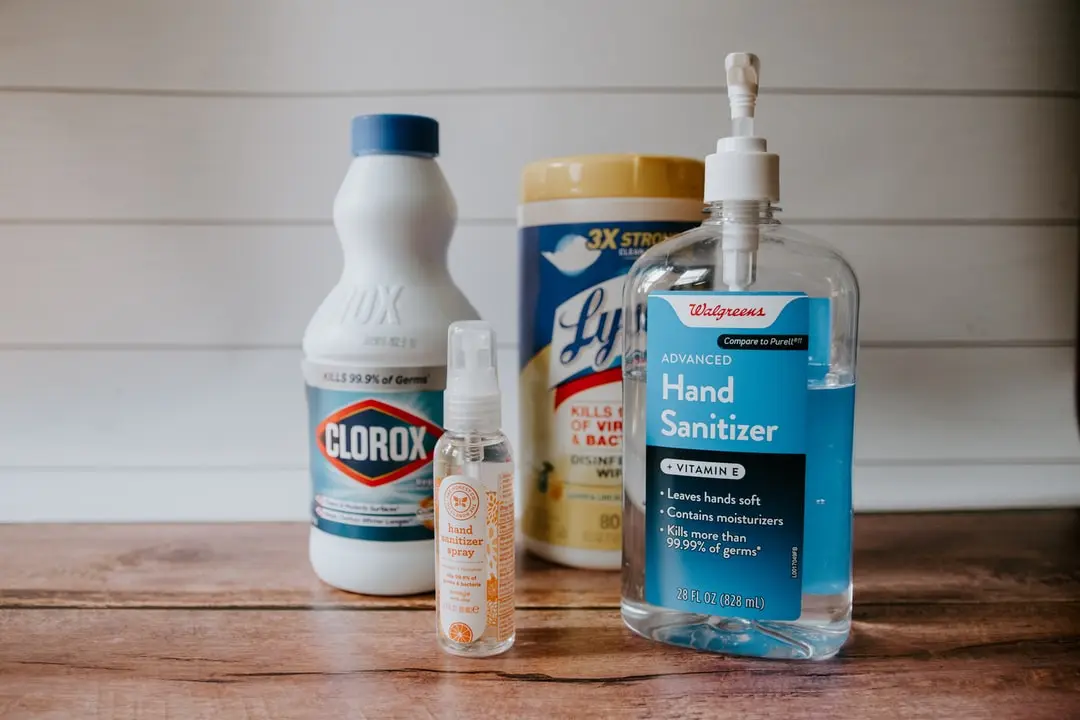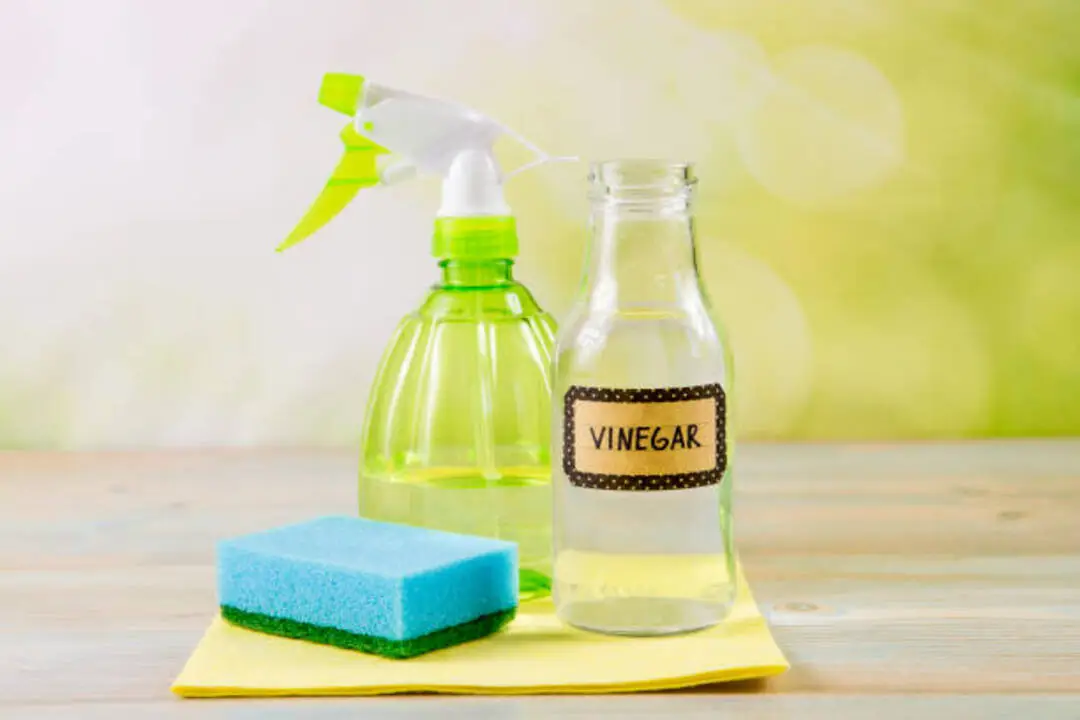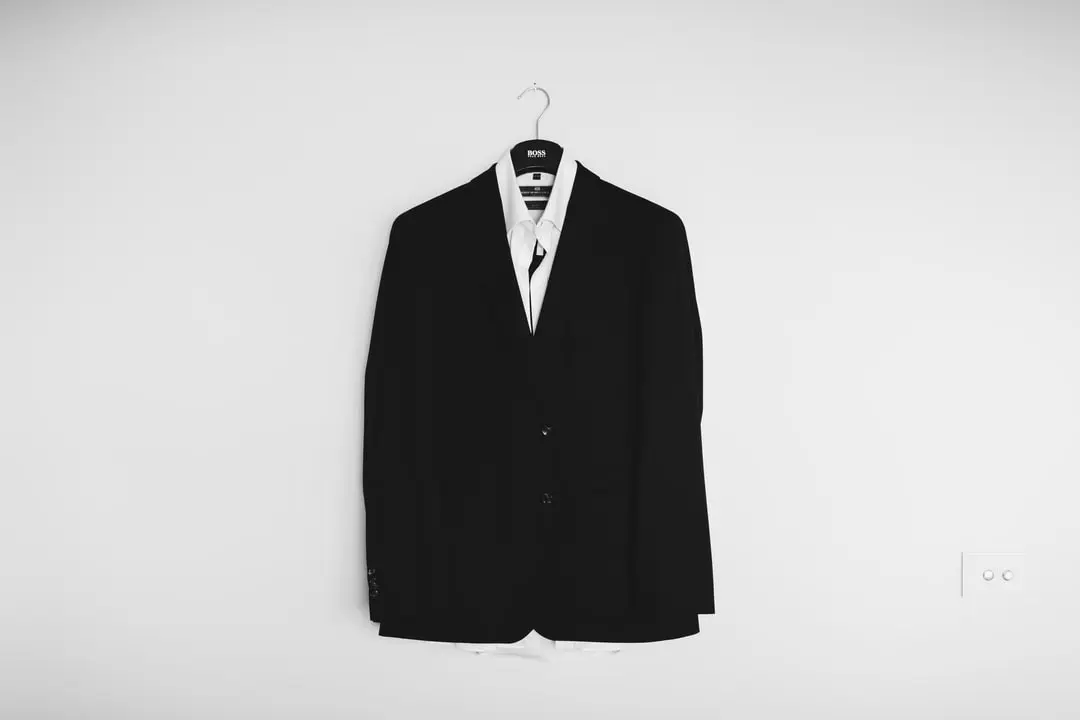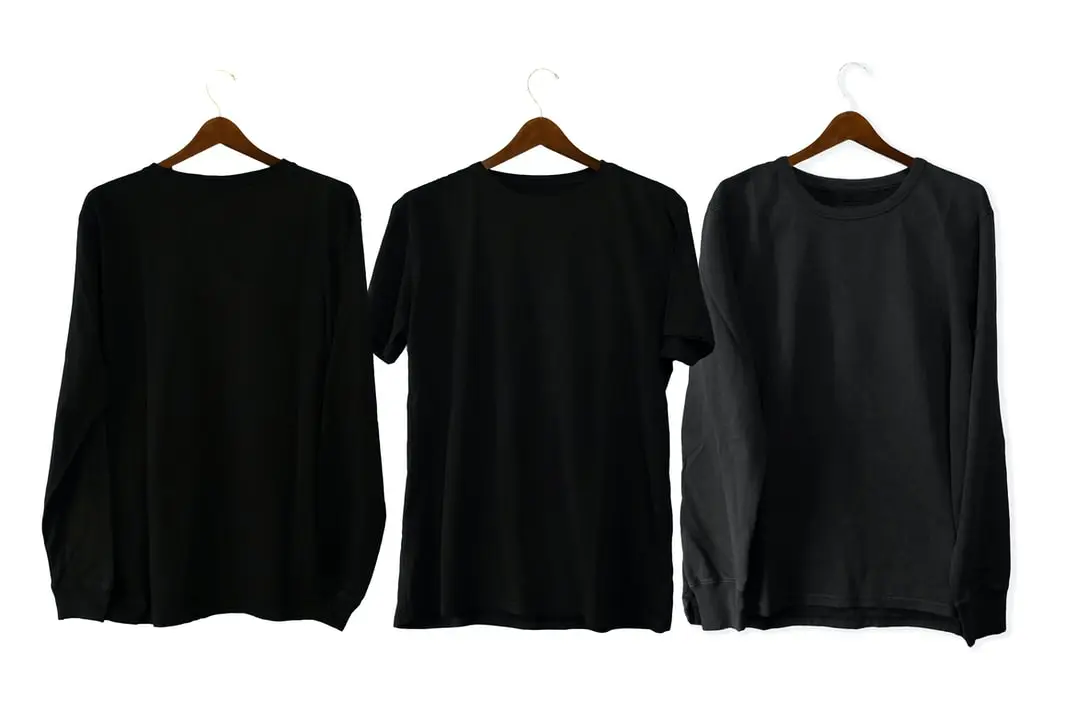Tobacco stains can be a common problem for smokers and can affect various surfaces, from teeth to fabrics. These stains are not only visually unappealing but can also be difficult to remove.
In this blog section, we will explore the impact of tobacco stains and discuss why it’s essential to clean them effectively.
Whether you’re a smoker trying to freshen up your wardrobe after quitting or a non-smoker dealing with the aftermath of secondhand smoke, these tips will help you achieve clean and fresh-looking clothes.
Key Takeaways
- Tobacco stains can be caused by smoking or exposure to secondhand smoke, but can be prevented by avoiding smoking or being around smokers.
- Effective stain removers include chlorine bleach, vinegar, dishwashing detergent, glycerin, and enzyme-based laundry products, but precautions should be taken for delicate fabrics.
- To successfully remove tobacco stains, it is important to check the product care label, test on a small area first, and use the appropriate stain remover.
- These easy solutions can help both smokers and non-smokers dealing with secondhand smoke to banish tobacco stains without causing damage to their clothing.
The Impact of Tobacco Stains
Tobacco stains are caused by the chemicals found in tobacco products, such as nicotine and tar. These stains can occur on various surfaces, including teeth, clothing, upholstery, and even walls. Here are some of the common impacts of tobacco stains:
- Unpleasant Appearance: Tobacco stains can create unsightly brown or yellow discoloration, making surfaces look dirty and neglected.
- Lingering Odor: Tobacco smoke and residue can leave behind a strong and unpleasant odor that can be challenging to eliminate.
- Damage to Surfaces: Over time, tobacco stains can penetrate surfaces and cause permanent damage, including discoloration and deterioration of paint, fabric, and other materials.
- Increased Cleaning Efforts: Removing tobacco stains often requires extra time and effort, as these stains can be stubborn and resistant to regular cleaning methods.
Why it’s Important to Clean Tobacco Stains
Cleaning tobacco stains is not just about improving aesthetics; it also has several significant benefits. Here are a few reasons why cleaning tobacco stains is important:
- Improved Hygiene: Tobacco stains can harbor bacteria and other harmful substances, posing a risk to your health and the health of those around you. By cleaning these stains, you can maintain better hygiene and reduce the risk of health issues.
- Enhanced Appearance: Cleaning tobacco stains can restore the original appearance of surfaces, making them look clean and well-maintained. This can improve the overall aesthetic appeal of your home, office, or personal belongings.
- Preservation of Surfaces: Regularly cleaning tobacco stains can help prevent long-term damage to surfaces. By removing the stains promptly, you can maintain the integrity and longevity of your carpets, fabrics, and other materials.
- Fresh and Clean Atmosphere: Eliminating tobacco stains can contribute to a fresher and cleaner indoor environment. By removing the residue and odor associated with tobacco, you can create a more pleasant and welcoming space.
It is important to note that different surfaces and materials may require specific cleaning methods for effective stain removal. Always follow the recommended cleaning instructions and test any cleaning solution on a small, inconspicuous area before applying it to the entire surface.
Removing Tobacco Stains from Fabric
Dealing with tobacco stains on fabric can be challenging, but with the right solutions and techniques, you can effectively remove them. Here are some tips for removing tobacco stains from different types of fabric:
Solutions for Cotton, Linen, and Blended Fibers
- Dampen the stain and rub it with a bar of soap. Rinse afterward.
- Soak the stained fabric in a solution of 1-quart warm water, 1/2 teaspoon liquid hand dishwashing detergent, and 1 tablespoon of white vinegar for 15 minutes. Rinse and wash as usual.
- For stubborn stains, mix one tablespoon of sodium thiosulfate with one cup of warm water. Apply the cleaning solution to the stained area and blot until the liquid is absorbed. Blot dry before using the fabric.
Tips for Acrylic, Nylon, and Polyester
- Soak the stain in a solution of 1 quart warm water, 1/2 teaspoon liquid detergent, and 1 tablespoon white vinegar for 15 minutes. Sponge the stain using the detergent solution and let it work for about 30 minutes. Blot to absorb the excess liquid and rinse with cold water.
- If the stain persists, sponge the area with rubbing alcohol and blot until the stain is removed. Rinse with a wet cloth to remove any residue and let the fabric dry completely before use.
Removing Tobacco Stains from Upholstery
- Soak the stain in a solution of 1-quart warm water, 1/2 teaspoon liquid detergent, and 1 tablespoon white vinegar for 15 minutes. Blot with a clean cloth or sponge dampened with the detergent solution and then blot dry.
- For stubborn tobacco stains, mix one tablespoon of sodium perborate bleach with one cup of warm water. Apply the cleaning solution to the stained area with a dropper and blot until the liquid is absorbed. Blot-dry the upholstery before using it.
It’s important to always read the care label on the fabric or upholstery before applying any cleaning solutions. Test each cleaning agent on a small, inconspicuous area first to ensure it doesn’t cause any damage or discoloration.
Remember, prevention is key when it comes to tobacco stains. Avoid smoking indoors or in proximity to fabrics and upholstery to minimize the chances of stains occurring.
Removing Tobacco Stains from Hard Surfaces
Cleaning up tobacco stains from hard surfaces can be a daunting task, but with the right cleaning solutions and techniques, you can remove them effectively. Whether you’re dealing with glass, tile, plastic, wood, metal, or porcelain, there are solutions that can help you get rid of those stubborn stains for good. Here are some tips and techniques for cleaning tobacco stains from various hard surfaces:
Cleaning Solutions for Glass, Tile, and Plastic
Cleaning tobacco stains from glass, tile, and plastic surfaces can be relatively simple. Here are a few effective cleaning solutions to try:
- Mix equal parts vinegar and water to make a cleaning solution. Most soaps and detergents may not be able to remove the nicotine residue effectively, but vinegar can break down the stains and leave surfaces clean and odor-free. Apply the solution to the stained area, let it sit for a few minutes, and then wipe it away with a clean cloth or sponge.
- For stubborn stains, you can mix a paste of baking soda and water and apply it to the stained area. Let it sit for a few minutes, then scrub gently with a brush or sponge and rinse with water.
- Another option is to use rubbing alcohol or isopropyl alcohol. Dampen a cloth with the alcohol and gently rub the stained area until the nicotine residue is removed. Remember to rinse the surface with water afterward and dry it with a clean cloth.
Tips for Wood, Metal, and Porcelain
Cleaning tobacco stains from wood, metal, and porcelain surfaces requires a gentle approach to avoid causing damage. Here are some tips for cleaning these types of surfaces:
- For wood surfaces, mix a mild dish soap with water and use a soft cloth or sponge to gently scrub the stained area. Avoid using overly abrasive materials that can scratch the wood. After cleaning, rinse the surface with water and dry it thoroughly.
- Metal surfaces can be cleaned using a mixture of baking soda and water. Apply the paste to the stained area, scrub gently with a soft cloth, and rinse with water. Dry the surface thoroughly to prevent any potential damage.
- Porcelain surfaces can be cleaned with baking soda and water paste or a mixture of white vinegar and water. Apply the cleaning solution to the stained area, scrub gently, and rinse with water. Dry the surface thoroughly to avoid water spots.
Removing Tobacco Stains from Carpets and Rugs
Removing tobacco stains from carpets and rugs can be a bit more challenging because the nicotine residue tends to penetrate deeply. Here are a few methods to try:
- Start by using a vacuum cleaner to remove any loose debris and surface stains.
- Mix a solution of warm water, liquid dish soap, and vinegar. Blot the stained area with the solution using a clean cloth or sponge. Avoid rubbing the stain, as this can spread it further. Blot until the stain is lifted.
- For stubborn stains, you can use a carpet cleaner or enzymatic cleaner specifically designed for nicotine stains. Follow the instructions on the product carefully.
- After cleaning, rinse the area with clean water and blot dry with a clean towel.
Remember to always test any cleaning solution or method on a small, inconspicuous area before applying it to the entire stained surface. This will help ensure that the cleaning agent does not cause any damage or discoloration.
By using these tips and techniques, you can effectively clean tobacco stains from hard surfaces and enjoy a cleaner, fresher environment.
Removing Tobacco Stains from Personal Items
When it comes to removing tobacco stains from personal items such as leather, suede, silver, and jewelry, it’s essential to use the right cleaning methods to ensure effective stain removal without causing any damage. Here are some clean-up tips for different types of personal items:
Clean-Up Tips for Leather and Suede
Leather:
- Dampen a cloth and rub the stain with a bar of soap.
- Rinse the area with water.
- For stubborn stains, pretreat or soak with an enzyme laundry product for at least 30 minutes.
- Rinse well and allow the leather item to air dry.
Suede:
- Gently rub the stained area with a suede brush or suede eraser to remove the surface dirt.
- If the stain persists, try using a suede cleaner specifically designed for suede materials.
- Follow the instructions on the cleaner and gently rub the stained area with a cloth or brush.
- Allow the suede item to dry naturally.
Remember to always test cleaning agents on a small, inconspicuous area first to check for any adverse reactions or color damage.
Removing Tobacco Stains from Silver and Jewelry
Silver:
- Create a cleaning solution by mixing equal parts white vinegar and water.
- Soak the silver item in the solution for a few minutes.
- Gently scrub the stained areas with a soft toothbrush or cloth.
- Rinse the silver item thoroughly with water and dry it with a microfiber cloth.
Jewelry:
- In a small bowl, mix a few drops of mild dish soap with warm water.
- Place the stained jewelry in soapy water and let it soak for a few minutes.
- Use a soft toothbrush to gently scrub the stained areas.
- Rinse the jewelry with water and dry it with a clean cloth.
For delicate or valuable jewelry, it’s best to consult a professional jeweler for cleaning advice to avoid any potential damage.
Remember, proper care and maintenance of personal items can help prevent tobacco stains and prolong the lifespan of your belongings. Always read and follow the care instructions provided by the manufacturer for specific cleaning recommendations.
By following these tips, you can effectively remove tobacco stains from personal items and keep them looking clean and fresh.
Prevention and Maintenance Tips
When it comes to dealing with tobacco stains, prevention, and regular maintenance are key to keeping your belongings clean and stain-free. Here are some tips to help you minimize tobacco stains and maintain a clean environment:
How to Minimize Tobacco Stains
1. Smoke outdoors: The best way to prevent tobacco stains from occurring in your home is to smoke outdoors. This will minimize the amount of smoke and chemicals that come into contact with your furniture, walls, and other surfaces.
2. Use ashtrays: Always use ashtrays when smoking indoors to prevent ashes and cigarette butts from falling onto surfaces and causing stains.
3. Clean your hands: After smoking, be sure to wash your hands thoroughly with soap and water to remove any nicotine residue that may stain your skin or transfer onto surfaces.
4. Ventilate your space: Open windows or use ventilation fans to allow fresh air to circulate and help reduce the lingering smell of smoke.
5. Avoid smoking in the car: Smoking in the car can easily lead to tobacco stains on the upholstery and interior surfaces. If you must smoke in the car, use proper ventilation and consider placing a car air purifier to help eliminate odors.
Regular Cleaning and Maintenance
1. Vacuum regularly: Regular vacuuming can help remove any loose debris and particles that may contribute to the buildup of tobacco stains. Pay special attention to upholstered furniture, carpets, and curtains.
2. Use appropriate cleaning solutions: Depending on the surface, use suitable cleaning solutions to effectively remove tobacco stains. For fabrics, consider using a stain remover specifically designed for nicotine stains. For hard surfaces, a mixture of vinegar and water can be effective.
3. Clean upholstery and fabrics: If your furniture or fabrics have already been affected by tobacco stains, consider deep cleaning or professional upholstery cleaning to remove stubborn stains and odors.
4. Wash and deodorize linens: Regularly wash and deodorize curtains, bedding, and other linens to remove any lingering tobacco odors.
5. Seek professional help: If tobacco stains have become ingrained or difficult to remove on surfaces such as walls or ceilings, it may be best to seek professional cleaning services to restore the appearance of your space.
By following these prevention and maintenance tips, you can effectively minimize tobacco stains and maintain a clean and fresh environment. Remember, regular cleaning and proper ventilation are essential for a smoke-free home.
Frequently Asked Questions
Can tobacco stains be removed from non-washable fabrics?
Removing tobacco stains from non-washable fabrics can be a bit tricky, but there are effective stain-removal techniques you can try.
Start by blotting the stain with a clean cloth to remove as much of the tobacco residue as possible.
Then, mix a solution of equal parts water and white vinegar and apply it to the stain using a clean cloth.
Blot the stain again and repeat until the stain disappears.
Another option is to use a dry cleaning solvent, which can be found at most hardware or home improvement stores.
Apply the solvent to the stain and blot with a clean cloth until the stain disappears.
Remember to always test the solution on a small, inconspicuous area of the fabric first to avoid damaging it.
With these non-washable fabric solutions, you can banish tobacco stains for good and enjoy the freedom of clean, fresh-smelling clothes.
How long does it take for the cleaning solution to remove tobacco stains from clothes?
The effectiveness of the cleaning solution depends on the severity of the stain and the type of fabric. However, with the right stain remover and proper treatment, you can get rid of tobacco stains in no time.
The timeframe for stain removal can range from a few minutes to a few hours, depending on the method used. For instance, method one involves wetting the stain, rubbing with soap, pretreating with an enzyme-based laundry product, washing, and applying chlorine bleach if needed. This process can take a few hours, but it’s effective in removing stubborn tobacco stains.
On the other hand, method two involves mixing glycerin, dishwashing soap, and water to create a cleaning solution, applying it to the stain with a sponge, dabbing with white vinegar and a cotton pad, rinsing, and washing. This process can take a few minutes, and it’s ideal for delicate fabrics.
In conclusion, the cleaning solution’s effectiveness and timeframe for stain removal depend on the method used, the severity of the stain, and the type of fabric.
Is it safe to use chlorine bleach on all types of fabrics?
When it comes to removing tobacco stains from clothes, it’s important to consider the safety of the fabrics. While chlorine bleach is a popular stain remover, it may not be safe for all types of fabrics.
That’s why it’s important to explore chlorine bleach alternatives. Some effective alternatives include vinegar, dishwashing detergent, and glycerin. These options are gentle enough to use on most fabrics, but it’s still important to check the care label before attempting to remove the stain.
By using these alternatives, you can safely and effectively remove tobacco stains from your clothes without damaging the fabric. Give yourself the freedom to wear your favorite clothes without the worry of unsightly stains.
Will using rubbing alcohol on delicate fabrics damage the fabric?
When it comes to tobacco stain prevention and clothing maintenance, delicate fabrics can be tricky to deal with. You may wonder whether using rubbing alcohol on them will damage the fabric. The answer is that it depends on the type of delicate fabric you’re dealing with.
Rubbing alcohol can be harsh on some fabrics, especially those that are more sensitive to chemicals. However, if you dilute the rubbing alcohol with water and use it sparingly, it can be an effective solution for removing tobacco stains without damaging delicate fabrics.
It’s always best to test the rubbing alcohol on a small, inconspicuous area first to make sure it won’t cause any damage. Remember, prevention is key when it comes to tobacco stains, so try to avoid smoking around delicate fabrics and wash them as soon as possible if they do get stained.
Can tobacco stains be prevented from forming on clothing in the first place?
Preventing tobacco stains on your clothing is all about clothing maintenance. First, try to smoke in a designated area away from your clothes. Wash your hands after smoking to avoid transferring the stains onto your clothing.
Avoid wearing light-colored clothing when smoking and use a designated smoking jacket to protect your clothes. Regular washing of your clothes can also prevent the buildup of tobacco stains.
By taking these simple steps, you can prevent tobacco stains from forming and enjoy the freedom of wearing clean, stain-free clothes.
Conclusion
Removing tobacco stains can be a challenging task, but with the right techniques and products, it is possible to achieve a clean and tobacco-free environment. Here are some key takeaways to remember for effective tobacco stain removal:
Key Takeaways for Effective Tobacco Stain Removal
- Use a combination of stain removal techniques such as soaking, scrubbing, and using specialized cleaning products to tackle stubborn tobacco stains.
- Test any cleaning agents on a small, inconspicuous area first to ensure they do not damage or discolor the surface.
- For fabric and upholstery, consider using enzyme laundry products, vinegar, or hydrogen peroxide to help break down and remove nicotine stains.
- For hard surfaces like walls, floors, and tiles, a mixture of detergent, vinegar, or baking soda can be effective in removing tobacco stains.
- Regularly clean and vacuum surfaces to prevent the buildup of nicotine residue and minimize the occurrence of stains.
- Seek professional cleaning services for more severe or persistent tobacco stains.
Maintaining a Clean and Tobacco-Free Environment
In addition to removing tobacco stains, it is crucial to maintain a clean and tobacco-free environment to prevent the reoccurrence of stains. Here are some tips to help maintain a tobacco-free space:
- Implement a no-smoking policy indoors to minimize the exposure of surfaces to tobacco smoke and reduce the formation of nicotine stains.
- Encourage proper ventilation in smoking areas to help dissipate smoke and reduce the buildup of nicotine residue.
- Regularly clean and air out rooms where smoking occurs to remove odors and prevent the accumulation of tar and nicotine.
- Provide designated outdoor smoking areas away from entrances and common areas to minimize the impact of secondhand smoke.
- Promote oral hygiene and regular dental cleanings for individuals who use tobacco products to prevent tooth staining and oral health issues.
By following these tips and incorporating effective stain removal techniques, you can maintain a clean and tobacco-free environment while tackling and preventing tobacco stains. Remember, consistency and regular cleaning are key to achieving long-lasting results.
